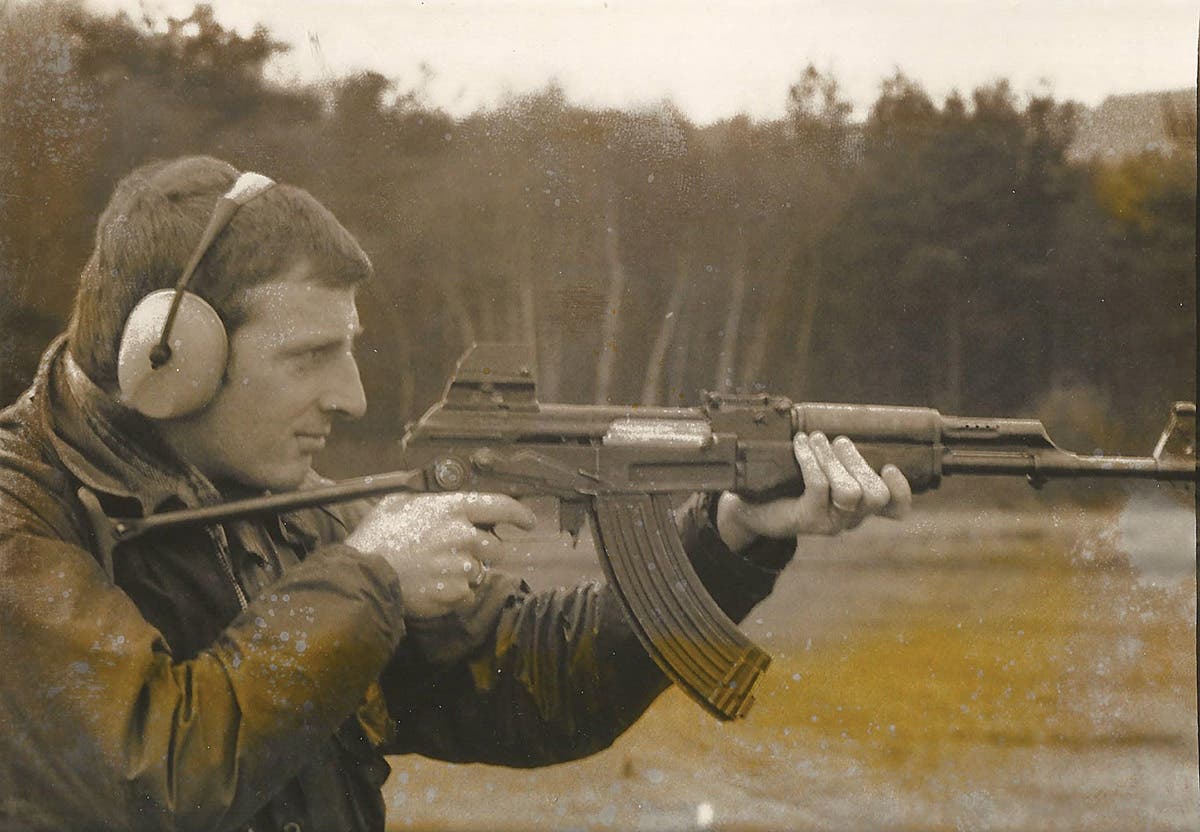U.S. Honors Those Who Fought in Spanish Civil War
As Spain shrugs off the last cobwebs of Gen. Francisco Franco’s fascist regime 70 years after it hatched amid civil war, Americans are also looking back, honoring their own who fought there and the ideals for which they stood.
SAN FRANCISCO (AP) _ As Spain shrugs off the last cobwebs of Gen. Francisco Franco's fascist regime 70 years after it hatched amid civil war, Americans are also looking back, honoring their own who fought there and the ideals for which they stood.
The faces of some of the approximately 3,000 men and women who broke American isolationism to volunteer in the 1936-1939 Spanish war look out from the translucent onyx squares of a monument recently inaugurated on this city's touristed Embarcadero.
"I wasn't about to watch another country go to hell," said veteran David Smith, 92, recalling that Italy and Germany were already controlled by Benito Mussolini and Adolf Hitler when he left the U.S. to join the Jarama front in 1937.
Although the Spanish Civil War has been enshrined in literature and art by the likes of Ernest Hemingway and Pablo Picasso, Americans who risked their lives in a conflict that prefaced World War II were never recognized in their home country. Only about three dozen of those who sneaked aboard ships and crossed the mountains from France to fight survived to see the United State's first public memorial to the Abraham Lincoln Brigade, as they were known.
The celebration was timely. Three have died since the monument's inauguration _ Abe Osheroff, whose last speech was at the monument's March 30 unveiling, Abe Smorodin, of Brooklyn, N.Y., and Ted Veltfort, of Oakland.
The only acknowledgment most brigade members received following their return to the U.S. were the 1950s investigations for participation in leftist organizations, they said.
Smith returned to the U.S. and sought work as a tool maker, only to find he'd been blacklisted. Afraid he'd be arrested by the FBI, Osheroff went underground following the 1949 jailing of leaders of the American Communist Party.
"They took a heroic stand, and then had to live in fear after losing their livelihoods," said Anita Toney, whose father, Anthony Toney, abandoned his art scholarship in Paris and walked across the Pyrenees mountains that divide France and Spain to join the fight.
This monument makes right that historical injustice, said Spanish Ambassador Carlos Westendorp y Cabeza at the unveiling, after thanking the veterans for risking their lives for his country.
Supporters of the leftist democratic government that had supplanted Spain's monarchy faced the right-wing, Catholic supporters of Franco, who led a military uprising against the government. It was a national war, but it became the focal point of an international struggle. Mexico and the Soviet Union threw their weight with the leftist Republic, while Franco's nacionales had help from fascist Germany, Italy and Portugal.
Though U.S. volunteers' contribution was long unacknowledged, the memory of the Spanish war lived on in part because of the pivotal role it played on the world stage.
It was a modern war _ a theater used by Hitler's Germany, in particular, to rehearse blitzkrieg tactics later used in World War II.
"We weren't really a battalion, it was just a bunch of guys" whose equipment was "junk," said Smith. "They had an organized army that was well trained, with a tremendous amount of guns, artillery, everything. We'd manage one shot, and get 10 back."
In spite of the will of the volunteers, Spain fell and Franco ruled for 40 years.
"Spain was a place where we learned that steel in large quantities is stronger than guts," said Osheroff.
Once Spain emerged blinking from Franco's rule in 1975, the country buried its grievances and forged ahead with European integration. But with the Socialists returning to power in 2004 under Jose Luis Rodriguez Zapatero, whose grandfather was among those executed by Franco's followers, Spaniards are unearthing memories.
Families have published obituaries of grandparents killed by shots that rang decades ago; Zapatero's government has pushed to erase Franco's name and his image from streets and plazas.
In February, 600,000 texts censored during Franco's 40-year regime were made available online. They included works by poet and playwright Federico Garcia Lorca, killed at the beginning of the war.
Those who fought and spoke publicly about it never regretted their contribution _ and many, like Smith and Osheroff, went on to join the struggle for democracy and human rights wherever it took them, from the factory floor to El Salvador, Nicaragua, the American South during the Civil Rights movement, and lastly, to marches protesting the war in Iraq.
An activist's job is never done, said Osheroff during the monument's inauguration, ``because the bastards will never cease their evil, and the decent human beings will never stop their struggle.''
Now the 40-foot-long steel and stone monument on San Francisco's waterfront ensures that spirit won't be forgotten.
For more information on the memorial, visit www.abeosheroff.org.





